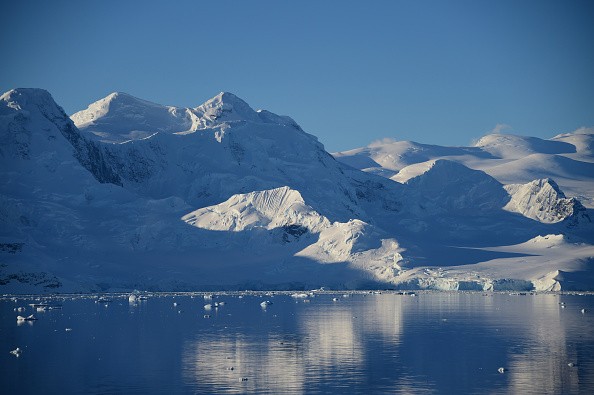In the early 15th century, there was a drop in Europe's temperatures in what is now called the little ice age after an era referred to as the medieval warm period.
This temperature drop led to many problems like glaciation in mountains, crop failures, and diseases across Europe.

Events That Prompted Europe's Little Ice Age
The exact cause of this frost age is still yet to be certain as Europeans battle with harsh winters that cause frozen rivers and canals. Many are yet to believe that the cause might be global period glaciation, but then certain causes were outlined, according to News Break.
These unconfirmed causes include: increased levels of volcanic activity, low solar activity, decrease in the human population due to black death, and the effect of European diseases on South American populations, which also affected the rate of deforestation and reforestation.
After years of study, researchers seem to have hung on a certain cause which scientists from the University of Massachusetts discovered. They believe that the cause of this ice age crisis for 10,000 years is related to the unusual warm episode.
This discovery was brought about by Lead author Francois Lapointe, a postdoctoral researcher and lecturer in geosciences at the University of Massachusetts, and Raymond Bradley, distinguished professor in geosciences, also at the University of Massachusetts.
And was yielded from a previous work which was a 3,000-year reconstruction of North Atlantic sea surface temperatures.
"Surprisingly, the cooling appears to have been triggered by an unusually warm episode," the researchers said.
Atlantic Meridional Overturning Circulation
After a change in the temperature from warm conditions to cold conditions within the time interval of 20 years was detected, Dr. Lapointe and Professor Bradley then went ahead to obtain marine records that revealed the abnormal northward transfer of warm water in the later 1300s.
Additionally, the discovery explained the unusual warm nature of the waters in the south of Greenland and the nordic seas.
This warm water was also confirmed to transfer from the tropics to the arctic.
Warm water from the tropics flows north along the coast of northern Europe, then sinks to the bottom of the ocean after losing its heat when it meets with colder arctic waters
The deep waters then flow to North America where the water movements continue, this normal functioning formation was however altered in the 1300s when a well-known process known as the Atlantic Meridional Overturning Circulation (AMOC) strengthened and more warm water moved north, causing rapid arctic loss.

Possible Collapse of the AMOC
Due to the rapid strengthening of the AMOC between the 1960s and 1980s, scientists fear that there might be a similar process on the way.
The AMOC strengthening is highly linked to the increase in the atmospheric pressure in Greenland as this increase was said to have also occurred before the ice age in the 1380s.
The increase in the atmospheric pressure was theorized by Dr. Lapointe to be associated with trees as the unusual solar activity recorded in the late 1300s was associated with radioactive isotopes preserved in tree rings.
" Climate models do not capture these events reliably and so we may be underestimating future ice loss from the ice sheet, with more freshwater entering the North Atlantic, potentially leading to a weakening or collapse of the AMOC."
Hence, there are more climate uncertainties that if left unresolved might be a bigger threat in the future.
Related Article : 'Ghost Fossils' Show Early Human Activity in North America Before the End of Last Ice Age
For more news, updates about little ice age and similar topics don't forget to follow Nature World News!
© 2026 NatureWorldNews.com All rights reserved. Do not reproduce without permission.





